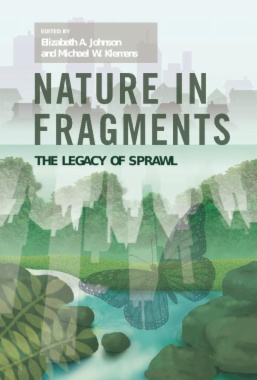Now What? is an innovative exploration of artworks and films that return to radical histories subject to erasure or otherwise lost or occluded over time. The moments returned to—the Cuban Revolution, Chile’s 1973 coup d’état, the ambiguous 1989 “revolution” in Romania, and the mayhem surrounding the Red Army Faction in 1970s West Germany—stand as historical watersheds, foundational and precipitate moments in the history of radical politics. Delving into these key historical moments by way of Tania Bruguera’s 2009 performance Tatlin’s Whisper in Havana, filmmaker Patricio Guzmán’s decades-long cycle of returns to Allende’s Chile, Harun Farocki and Andrei Ujica’s Videograms of a Revolution, Corneliu Porumboiu’s 12:08 East of Bucharest, the film Germany in Autumn, and Gerhard Richter’s October 18, 1977 suite of paintings, Rachel Weiss convincingly threads these works together through subtle and illuminating reflections on the complex dynamics involved in historical trauma and memory, addressing key questions about the meanings and uses of the past.
- Cover
- NOW WHAT?
- Title
- Copyright
- Dedication
- Contents
- Introduction: Being Afterward
- 1 Lupe at the Mic After January 1959, Havana, Cuba, in Tatlin’s Whisper #6
- 2 The Tenuous Moonlight of an Unrequited Past After September 11, 1973, Santiago de Chile, in The Battle of Chile, Chile: Obstinate Memory, and Nostalgia for the Light
- 3 Something That Opens a Wish and Closes a Door After December 1989, Romania, in Videograms of a Revolution, Autobiography of Nicolae Ceauşescu, and 12:08 East of Bucharest
- 4 Whoever Knows the Truth Lies After October 1977, West Germany, in Germany in Autumn and October 18, 1977
- Conclusion: The Undersong of Our Histories
- Acknowledgments
- Notes

